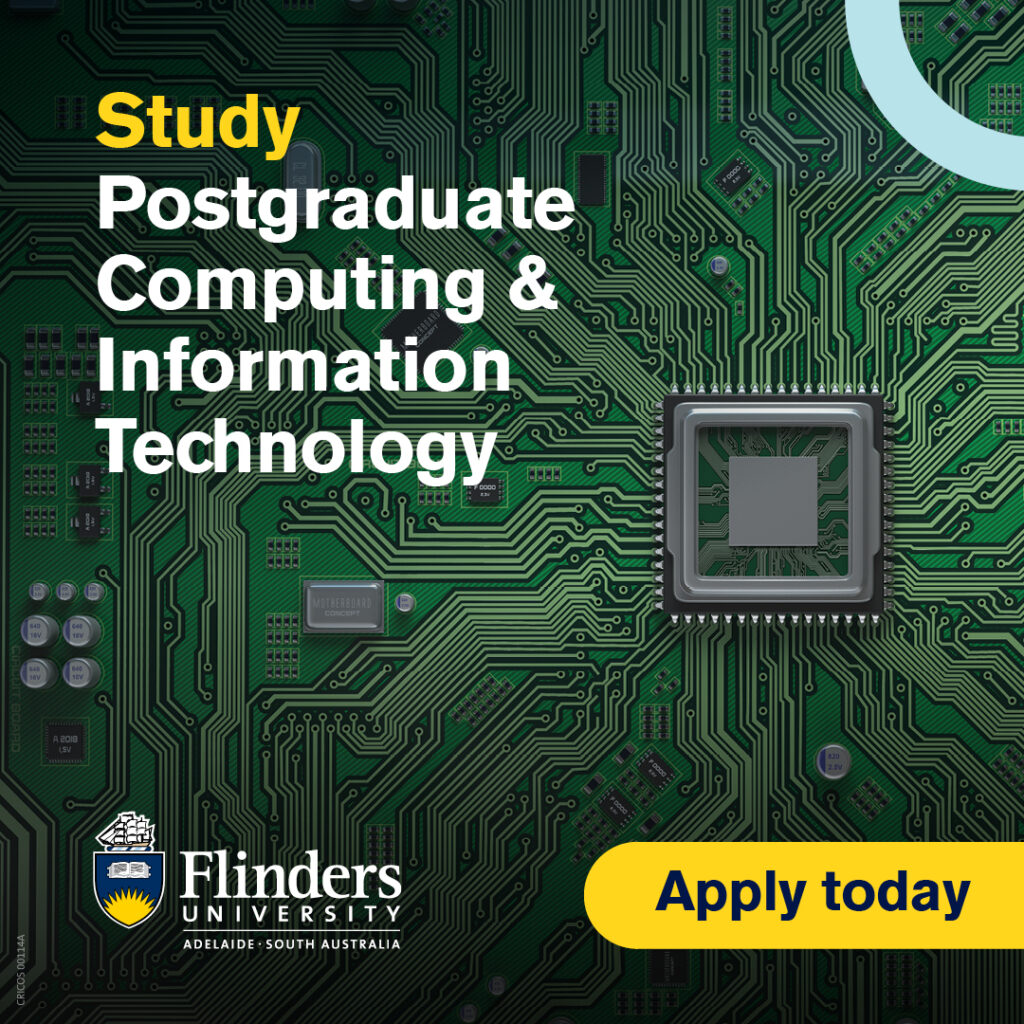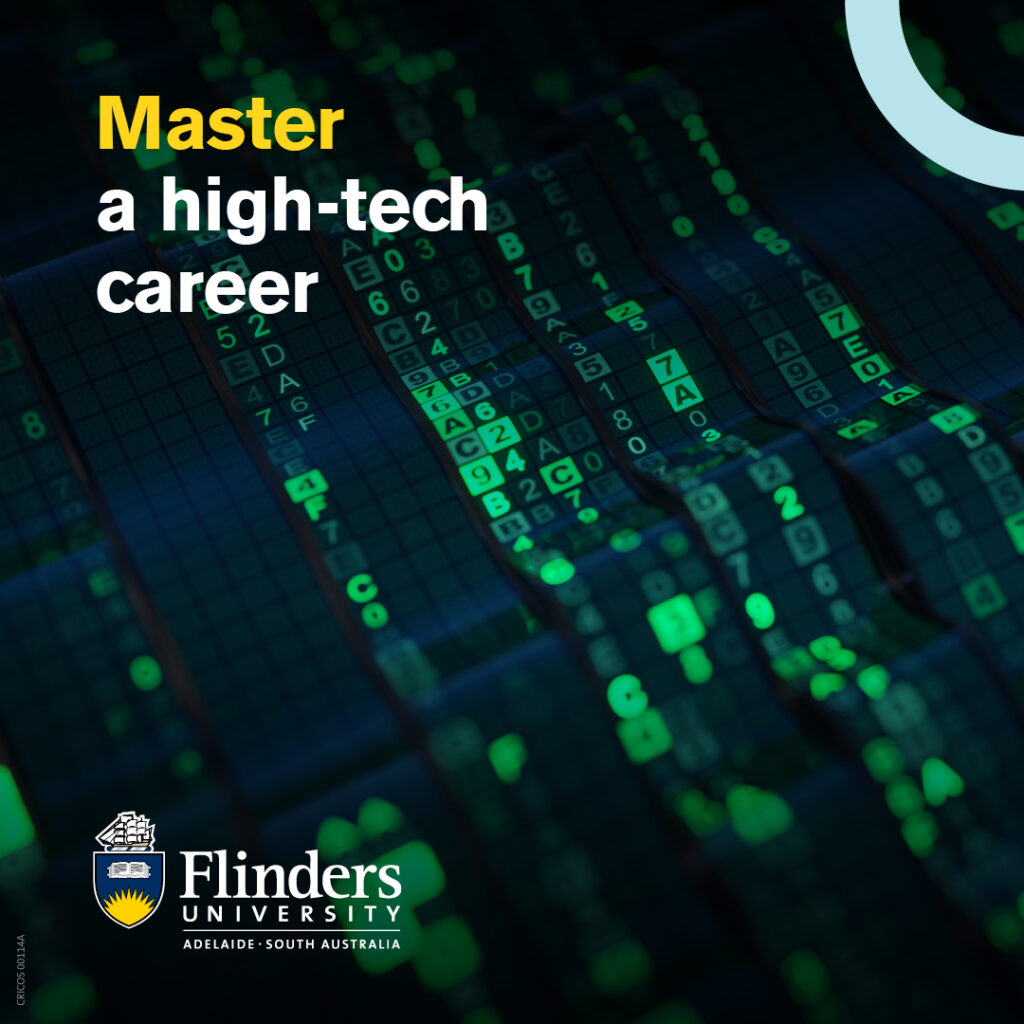With Flinders’ brand new course offering after the pandemic, our main challenge was to nail down an effective strategy to successfully introduce each course into the market. We also needed to reach and connect with prospective international students while Australia’s borders remained closed — which was no easy feat.
In collaboration with Flinders University, we landed on a clear message to lead the campaign: that students could commence their studies online, and safely return to campus once the borders reopened.
With the traditional model of relying on in-person events no longer an option, it was even more essential to use digital channels to open the conversation (paired with transparent, benefit-driven creative).
Lineo Maliti | Account Manager Kaan Gude | Head of Advertising Max Schuler | Head of LeadConvert
With Australian borders shut for most of 2020 and no clear direction for re-opening in 2021, we saw a serious ripple effect for international students trying to pursue their studies in Australia. In 2021, Flinders University engaged Student Garden to deliver a recruitment campaign to drive new enrolments for their updated suite of postgraduate ICT courses. The campaign coincided with the launch of new programs in Artificial Intelligence, Data Science, and an updated Master of Computer Science. This new offering proved to be in high demand and provided the foundation for Flinders University to grow its number of international students.


To better gauge their readiness to apply, we captured as much relevant information about the prospective student at the initial lead capture point.

Social Garden’s in-house call centre contacted all leads with a score of over 6, and handed over qualified leads to the Flinders International recruitment team.
We identified prospects who were willing to start studying online, could fund their studies in Australia and had passed English entry requirements.
1. The strategy involved course level advertising, based on audiences created from the landing page, website, course pages and previous enrolment data
2. Prospects then clicked through to a landing page where they provided more information about the course they wanted to study and their study intentions
3. On this page, we created a data capture process that enabled us to create a lead scoring system based on factors such as country of origin and indications on how the prospect would fund their studies. As we pushed lead data from the landing page through to the Live Lead Report, we calculated the lead score based on their responses on the form, allowing the conversion process to prioritise leads more likely to convert.

During the call sequence, if a lead missed a call from us, they were sent an automated SMS, directing them to a mobile-optimised landing page where they could book a callback. We followed a script provided by the Flinders team, ensuring our call centre acted as a seamless extension of their recruitment process in the eyes of prospects.
Collaborating with the Flinders team, we are proud of what we achieved by looking outside the box, ensuring that this campaign could stand out from the crowd and prove ROI, fast. Overall, the courses achieved:
Total enrolments
Conversion rate from application to enrolment
Increase in market awareness of the new courses